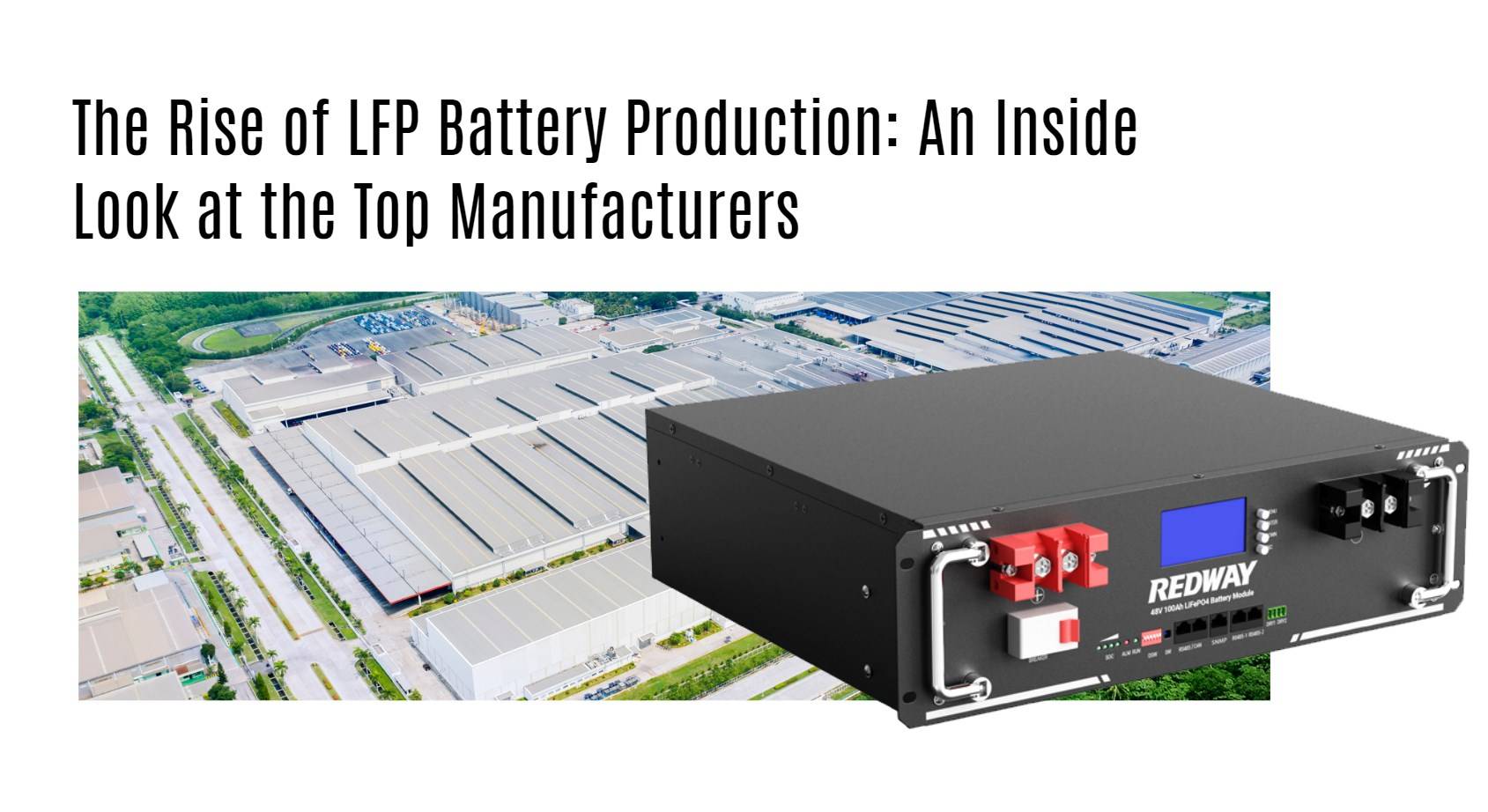In the realm of electric vehicles (EVs), Lithium Iron Phosphate (LFP) batteries have emerged as a pivotal technology, reshaping the landscape with their superior safety, longevity, cost-effectiveness, and environmental sustainability. This article delves into the profound impact of LFP batteries on the EV market, exploring their technological advantages, market growth trajectory, and regional dominance.
Technological Advantages of LFP Batteries
LFP batteries represent a significant technological advancement in the EV sector due to their unique properties. Unlike traditional lithium-ion batteries, which often use cobalt, LFP batteries utilize iron phosphate as the cathode material. This eliminates the need for cobalt, a mineral associated with ethical and environmental concerns, thereby enhancing the sustainability profile of LFP batteries.
Superior Safety and Longevity
One of the key selling points of LFP batteries is their exceptional safety record. They are inherently more stable and less prone to thermal runaway compared to other lithium-ion chemistries. This safety advantage not only ensures a reduced risk of fire but also contributes to the longevity of the battery pack, translating into lower maintenance costs and enhanced reliability for EV owners.
Cost-Effectiveness and Environmental Sustainability
From a cost perspective, LFP batteries are gaining traction due to their lower manufacturing costs compared to cobalt-based alternatives. The absence of cobalt, coupled with abundant global reserves of iron and phosphate, positions LFP batteries as a cost-effective solution for mass EV adoption. Moreover, their environmental sustainability stems from reduced reliance on rare earth minerals and the potential for enhanced recyclability, aligning with global efforts towards a greener future.
Market Growth and Projections
The LFP battery market has witnessed exponential growth, driven by increasing EV adoption and favorable regulatory policies promoting sustainable technologies. As of 2022, the global market for LFP batteries was valued at $12.5 billion, with projections indicating a robust CAGR of 19.7% to reach $52.7 billion by 2030.
Regional Market Dynamics
Geographically, the Asia Pacific region has emerged as a dominant force in the LFP battery market, capturing over 34% of the global market share in 2021. This stronghold is attributed to the region’s burgeoning EV market, supported by government incentives and a robust infrastructure for electric mobility. North America and Europe follow closely, each contributing significantly to the market growth trajectory through proactive investments in EV infrastructure and sustainable energy policies.
First Phosphate: A Key Player in LFP Battery Supply Chain
First Phosphate stands out as a pivotal player in the LFP battery supply chain, leveraging access to 1% of the world’s purest igneous rock phosphate reserves in Québec. This strategic advantage positions First Phosphate as a reliable supplier for the burgeoning LFP market, ensuring sustainable and scalable access to essential raw materials.
Conclusion
In conclusion, the rise of LFP batteries represents a transformative shift in the EV industry, driven by technological innovation, sustainability imperatives, and robust market dynamics. With their superior safety, longevity, cost-effectiveness, and environmental credentials, LFP batteries are poised to play a pivotal role in accelerating the global transition towards electric mobility. As market leaders continue to invest in research and development, coupled with strategic partnerships across the supply chain, the future of LFP batteries appears brighter than ever, promising a cleaner and more sustainable future for transportation worldwide.



